Pharmacological properties
Combined drug for external use, the pharmacological properties of which are due to the mutual potentiation of the therapeutic effect of each of the components. an important component is bee venom obtained from live bees and isolated in its pure form by lyophilization. to ensure the constant effectiveness of this biological substance, bee venom is standardized and examined in the course of biochemical and pharmacological tests. standardized bee venom contains active ingredients that provide a versatile therapeutic effect. the most important of them are melittin, histamine, msd peptide, hyaluronidase, phospholipase. the second component of the ointment – methyl salicylate – belongs to the group of non-steroidal anti-inflammatory drugs. penetrates well through the skin, has an anti-inflammatory and analgesic effect, is enhanced due to the synergistic effect of the components of bee venom – MSD peptide and apamin. the third component, allyl isothiocyanate, has a local irritating effect, causing local hyperthermia and hyperemia, which are intensified under the influence of the ingredients of bee venom – histamine and melittin. melittin also promotes the release of endothelial relaxing factor (edrf). improvement of local blood circulation leads to improvement of oxygen supply to tissues and accelerates removal of toxic metabolic products that cause pain from the focus of inflammation.
Indication
Inflammatory and degenerative-dystrophic joint diseases (arthritis, including rheumatism, arthrosis); myalgia, pain in traumatic injuries of muscles, tendons, ligaments; neuralgia, neuritis, sciatica, lumbago, sciatica; violation of peripheral blood circulation; as a warming agent in sports medicine.
Application
Adults and children older than 6 years, depending on the size of the affected area, apply a strip of ointment 3-5 cm long, evenly distribute it in a thin layer and wait for a reaction (hyperemia, a feeling of warmth, burning), which develops after 0.5-1 min. depending on individual sensitivity. after that, slowly and intensively rub the ointment into the skin. body areas treated with ointment are recommended to be kept warm. Usually, the drug is used daily 2-3 times a day until the symptoms disappear.
Contraindication
Increased sensitivity to the components of the drug. skin diseases, acute inflammation of the joints, kidney failure. children under 6 years of age.
Side effects
In isolated cases – allergic reactions.
Special instructions
Do not allow the ointment to get on the mucous membrane or on open wounds.
Use during pregnancy and breastfeeding. It is not recommended to use the ointment during pregnancy and breastfeeding.
Children. The drug is not prescribed to children under the age of 6 due to lack of experience in its use in this category of patients.
The ability to influence the speed of reaction when driving vehicles or working with mechanisms. Does not affect.
Interactions
Not noticeable.
Overdose
Symptoms: skin irritation.
Treatment. Cancellation of the drug. Symptomatic therapy.
Storage conditions
At a temperature not higher than 25 °C.

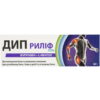
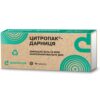

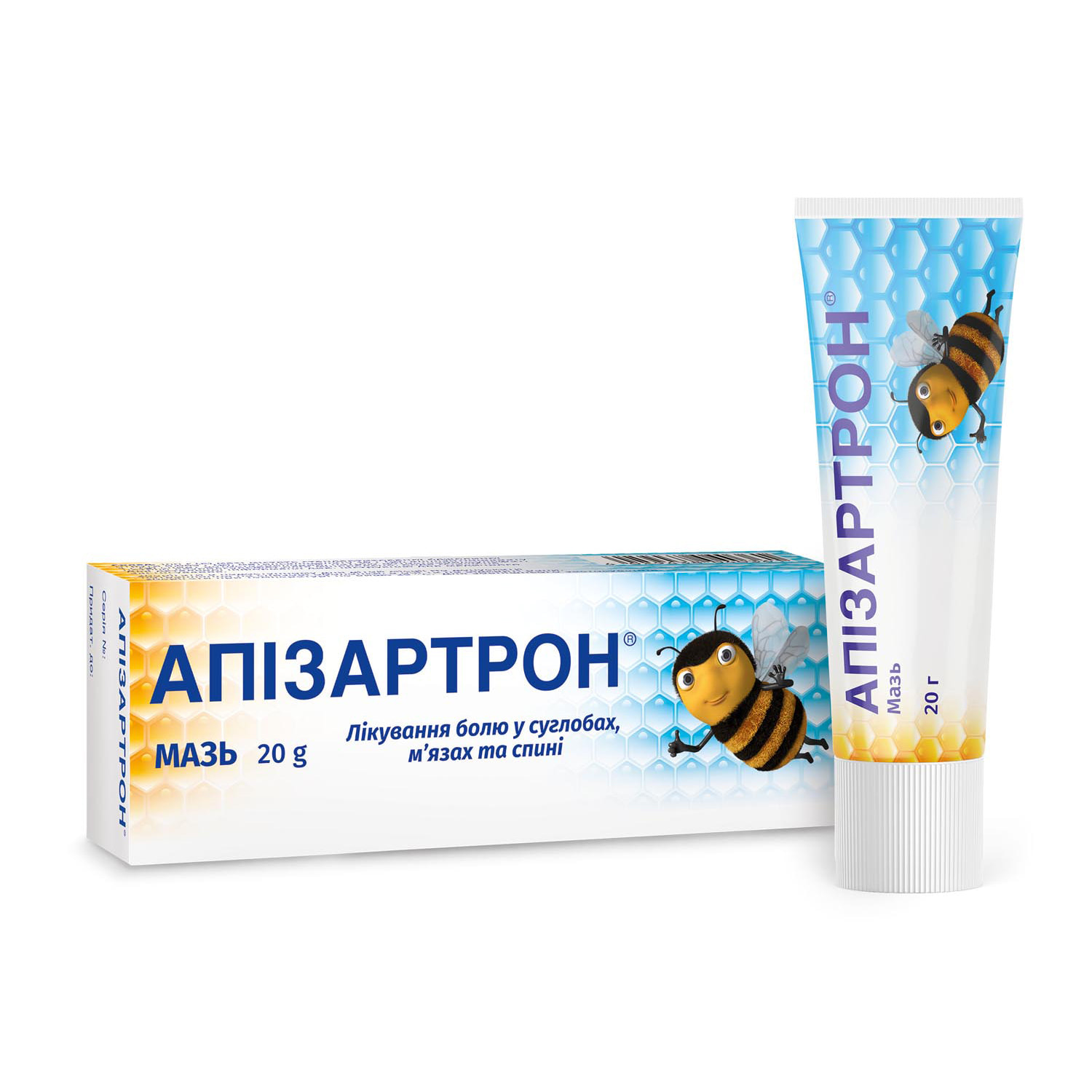
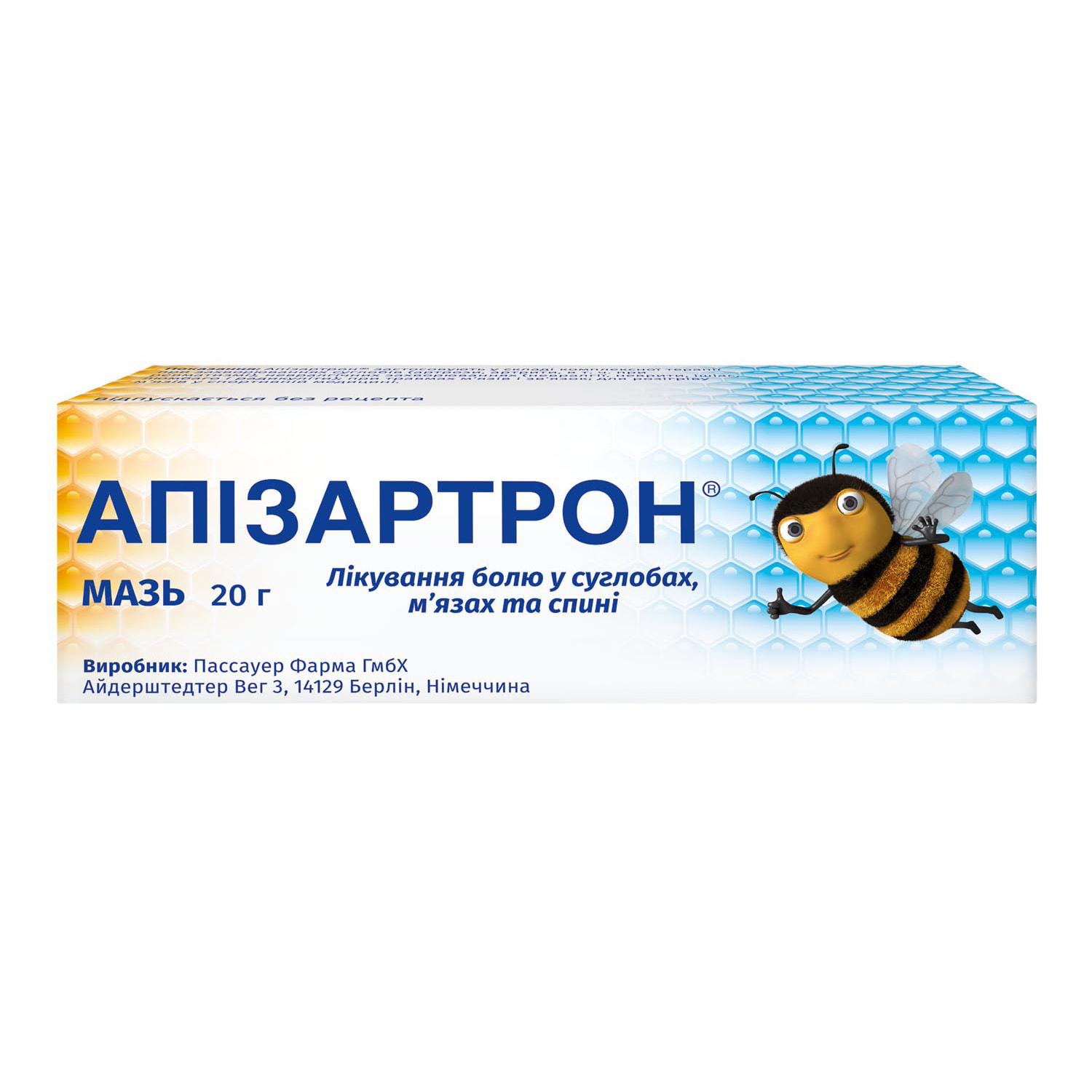
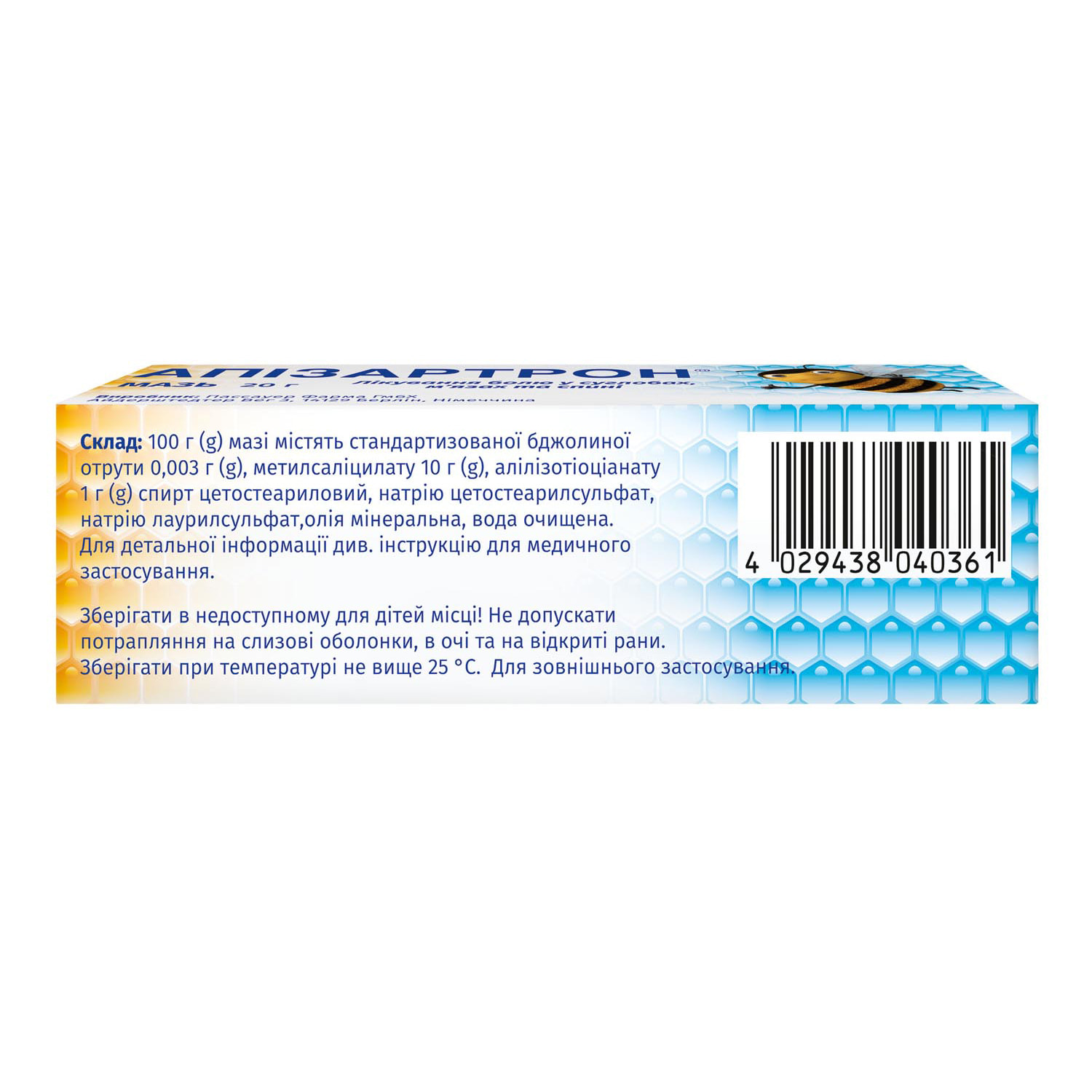
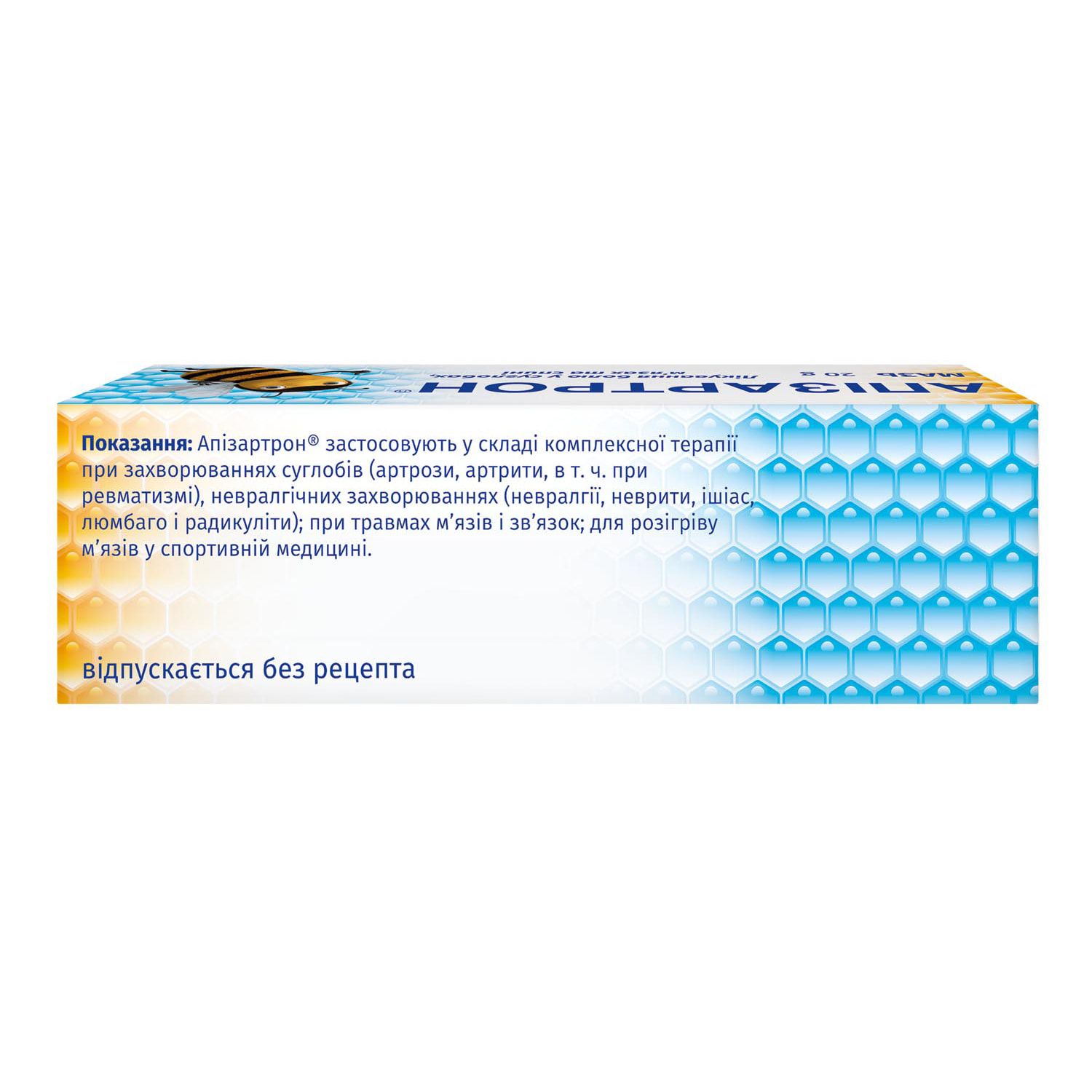

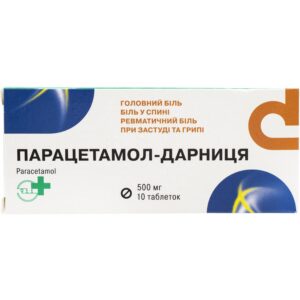
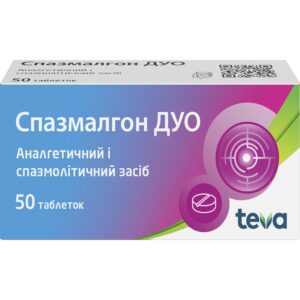
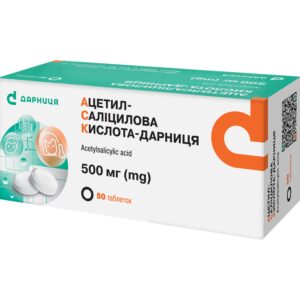
Reviews
There are no reviews yet.